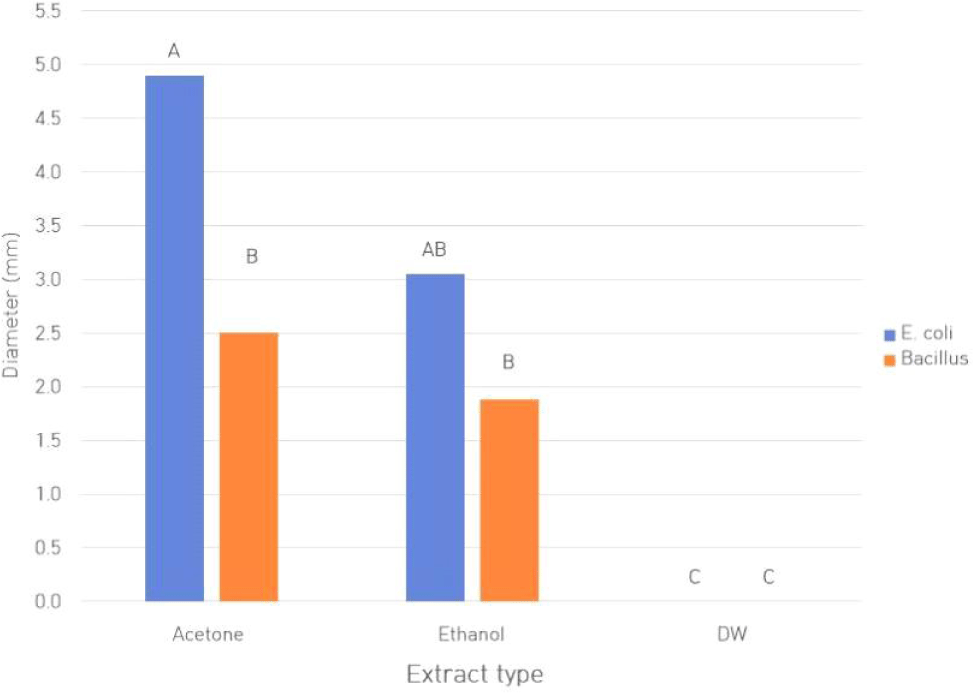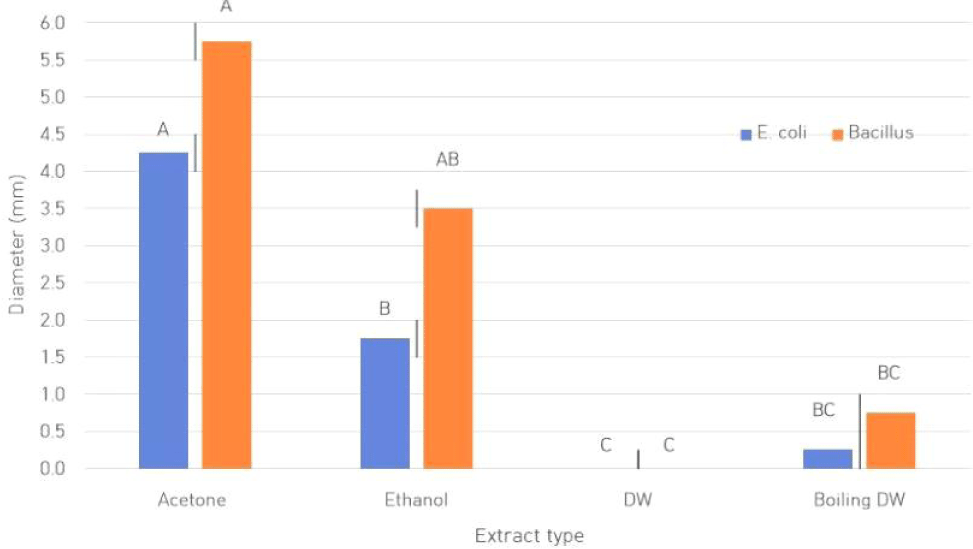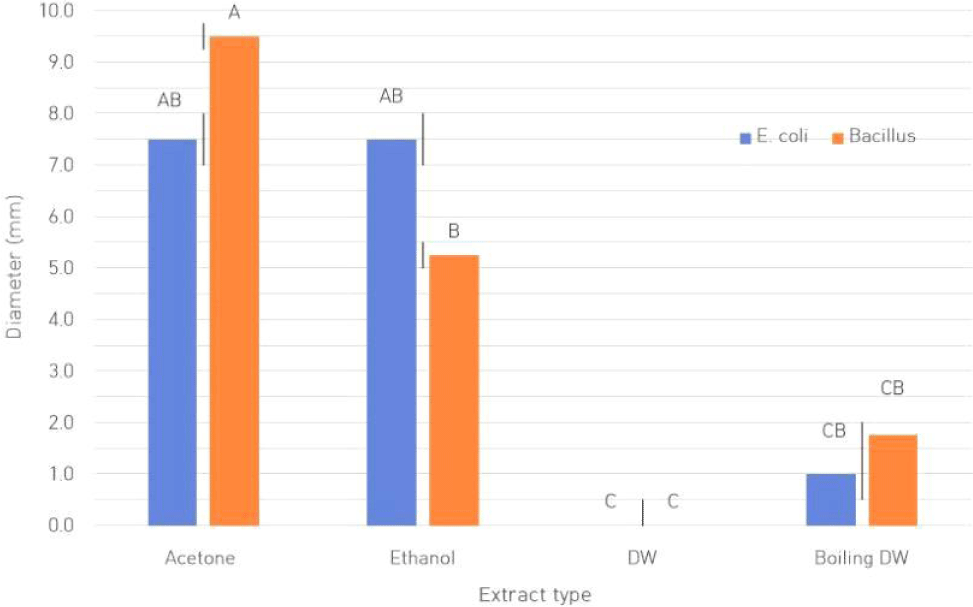Introduction
Since prehistoric times, therapeutic plants, often known as medicinal herbs, have been identified and employed in traditional medical procedures (Vashvaei et. 2015). Numerous chemical compounds are produced by plants for a variety of purposes, including protection against herbivorous mammals, fungi, insects, and illnesses (Ben Othman et. 2017). Numerous phytochemicals have been shown to have potential or confirmed biological activity. Because they are more widely available and less expensive than contemporary medications, medicinal herbs are frequently employed in non-industrialized countries. Teucrium is a genus of Lamiaceae plants, most of which are perennial. Some of the New World species are annuals. Teucrium is primarily found in the Western Irano-Turanian and Mediterranean regions, known for its anti-diabetic, anti-inflammatory, hypotensive, anorexic, antispasmodic, antiulcer, antipyretic, and antinociceptive qualities, it is commonly available in Jordan and Palestine (Talib et. 2010). Teucrium is used as a tonic and digestive in the treatment of gastritis and enteritis. It is also recognized as a superior depurative and febrifuge (Nenad et. 2007). The essential oils and alcoholic extracts of Teucrium, however, were said to have antibacterial properties against both Gram positive and Gram-negative microorganisms. Although Teucrium is considered as one of the prominent plants used by domestic people, scientific data illustrate that this herb can lead to critical toxicity to body organs such as the stomach, liver and kidney. In addition to humans, also scholars have opinions on the reliability of the use of the herb. Some scientific studies have reported that the plant has a negative effect on the liver, whereas some others opine that the herb has poisonous effects due to the various phytochemical ingredients (Samira et. 2013). In the lower intestine of warm-blooded species, Escherichia (also known as E. coli) is a Gram-negative, facultatively anaerobic, rod-shaped coliform bacteria of the genus Escherichia. The majority of E. coli strains are not harmful, but some serotypes have the potential to seriously injure their hosts and occasionally result in food-related product recalls. By creating vitamin K2 and limiting the colonization of the intestine with pathogenic bacteria, the benign strains, which are a typical component of the gut flora, can benefit their hosts. A genus of rod-shaped, gram-positive bacteria belonging to the phylum Firmicutes is called Bacillus subtilis (Alizade et. 2011).
Obligate aerobes or facultative anaerobes are both possible for Bacillus species. Bacillus is a ubiquitous group of pathogenic organisms that comprises both free-living and parasitic species. The bacteria can form oval endospores, which are not genuine spores but to which the bacteria can reduce themselves and stay in a dormant state for very long periods of time, when the environment is harsh.
This work aims to study the antibacterial activities of extracts of Teucrium that prepared by using of ethanol, acetone and distilled water (DW).
Materials and Methods
Fresh Teucrium plant were collected from Tupnah and Dair Yousef village (Irbid, Jordan), it was divided into two parts, the first part was used as fresh, the other part was dried at room temperature for five days and then grinded, and there is other dried sample of Teucrium plant collected from the medicinal herbs store in Irbid city.
Three extracts were made for each type of Teucrium plant [acetone, ethanol and DW extracts]. Three samples of Teucrium plant were weighed, each sample was 5 grams, the leaves were cut after weighing into small pieces, each five grams was placed in a bottle, 50 mL of DW was added to the first sample, 50 mL of ethanol was added to the second sample, and 50 mL of acetone was added to the third sample. After 24 hours, the samples were filtered and left at room temperature to evaporate. After that, the precipitate material was dissolved for use in the experiment. The same technique was used for other forms of the Teucrium plant (fresh Teucrium was dried at room temperature for five days and other dried sample of the Teucrium plant were collected from the medicinal herbs store).
In this experiment, nutrient agar was used and prepared by mixing 15 g of nutrient broth with 17 g of agar in flask containing 1 L DW and putting it on Magnetic Stirrer until became homogeneous, then, it was placed in the autoclave for 3 hours, after that poured it in the petri dish and put it in fridge.
Well diffusion method was used to test the activity of the extracts on bacteria. After the results showed that the dry plants had a high inhibitory effect compared with the fresh plant, the extract of boiled DW from the dry plant and dried plant was made, then these extracts were tested on bacteria by the same technique.
Results
The results show the extracts that prepared by using acetone and ethanol have a high inhibitor effect compared with the DW extracts Which did not show any inhibitor effect (Fig. 1, Fig. 2, Fig. 3).



Discussion
The results of this study showed different inhibitory ratios for different types of Teucrium according to the solution used. This proved that the Teucrium contains substances that have antibacterial effects, and it emerged that the extracts of the plant that were prepared by using acetone and ethanol have a high inhibitory effect. The extracts of the plant that were prepared by using acetone obtained from the medicinal herbs store and plant that has been dried in the laboratory has a high inhibitory ability on B. subtilis and E. coli, as well as for the extract that was prepared by using ethanol also had a high inhibitory rate (Table 1, Table 2, Table 3). May be due to the fact that the dry plant can easily penetrate by the fluids more than the fresh plant, the physical and chemical properties of acetone and ethanol have helped their interaction with the inhibitory substances in the plant and their deposition easily and at high concentrations because acetone and ethanol are volatile compounds. As for aqueous extracts that showed no inhibitory activity, it may be due to the fact that the plant absorbed water, which means that the concentration of the inhibitory substance is very low because it is mixed with water. In the fresh plant extracts, the inhibitory activity was lower than the two dry plants (Table 1, Table 2, Table 3). This may be due to the difficulty of penetrating the fluid into the plant leaves and interacting with the inhibitory material, resulting in a small amount of inhibitory material, resulting in reduced inhibitory activity, and this is what the results showed (Fig. 4, Fig. 5).









